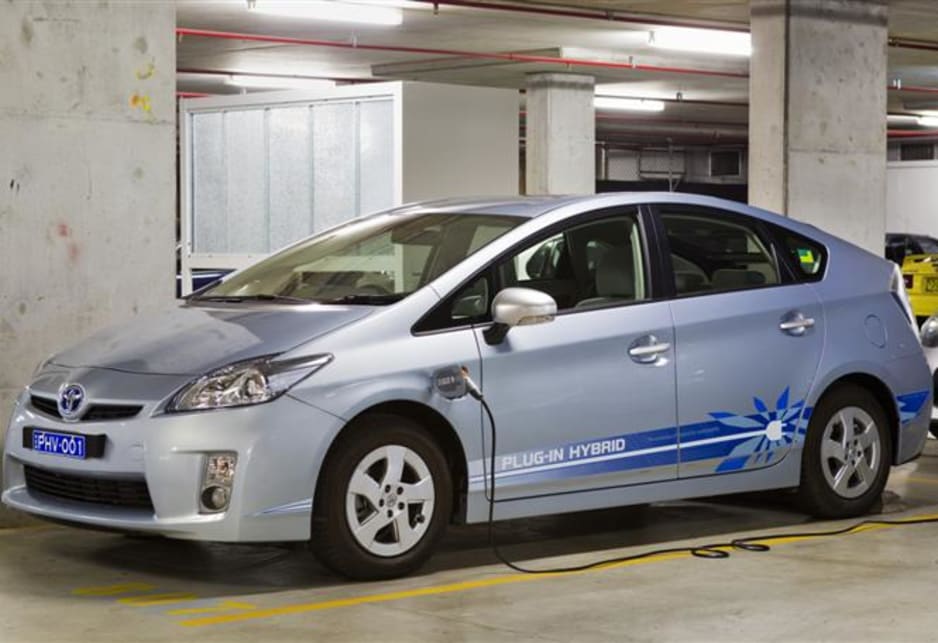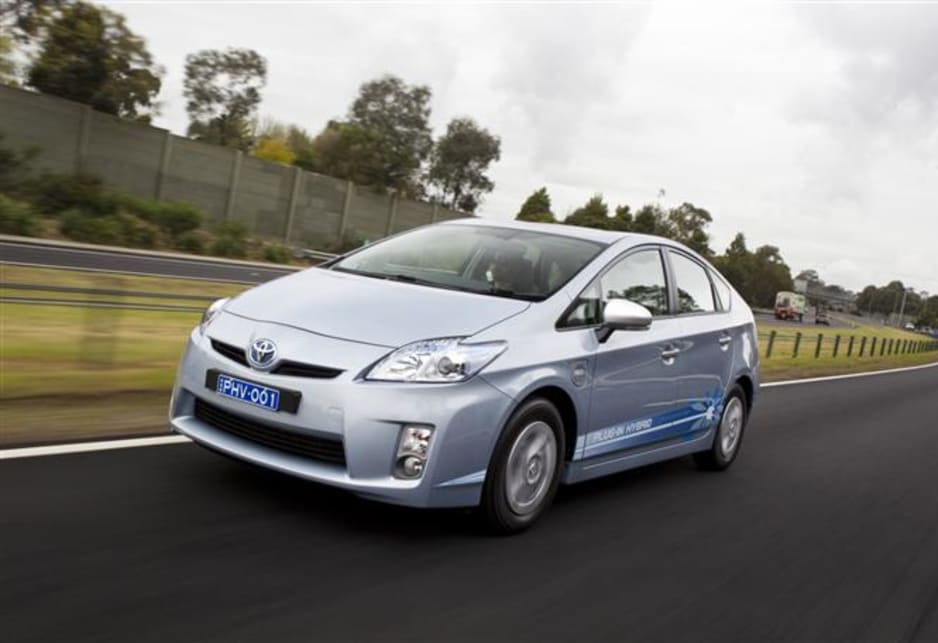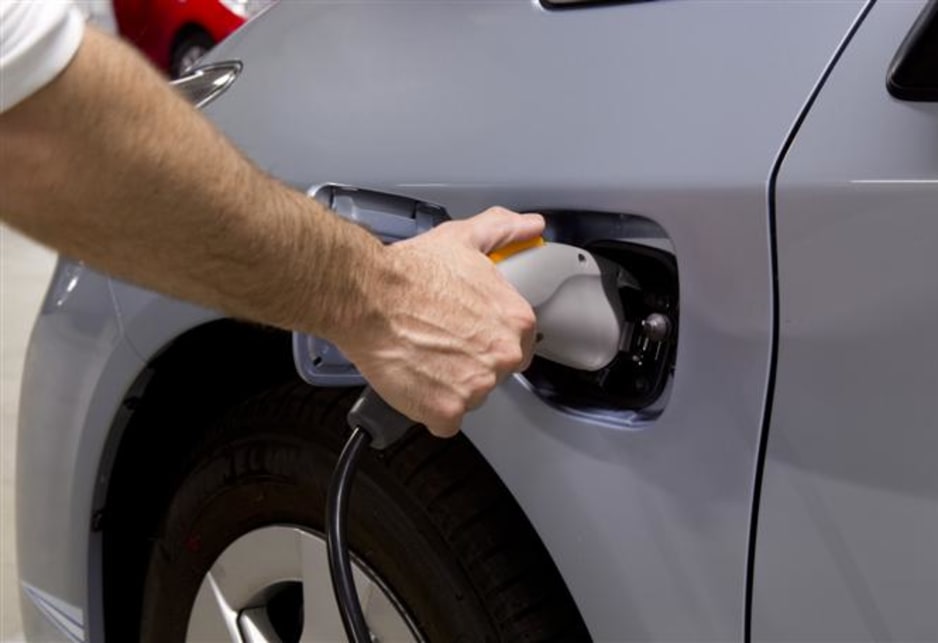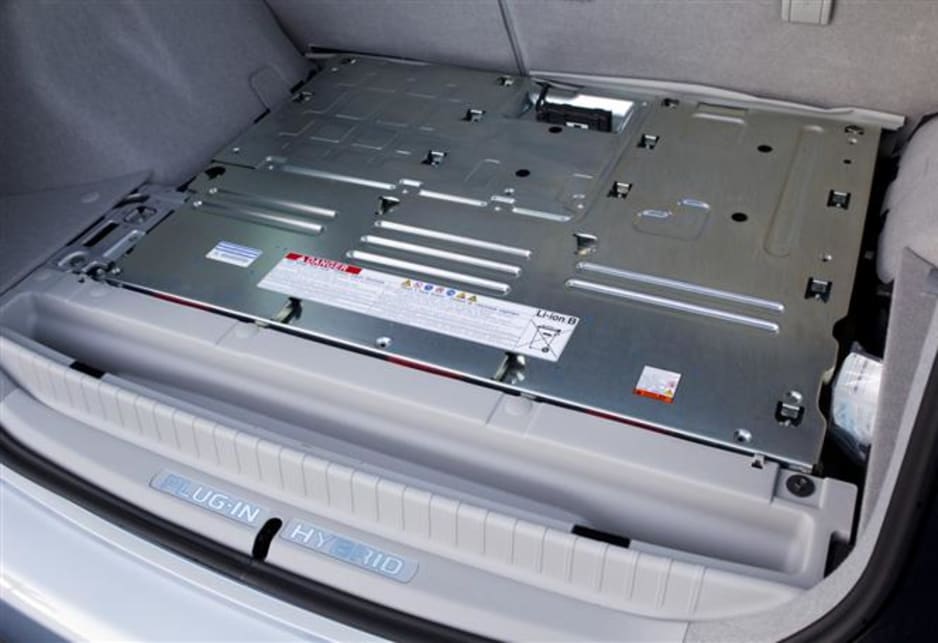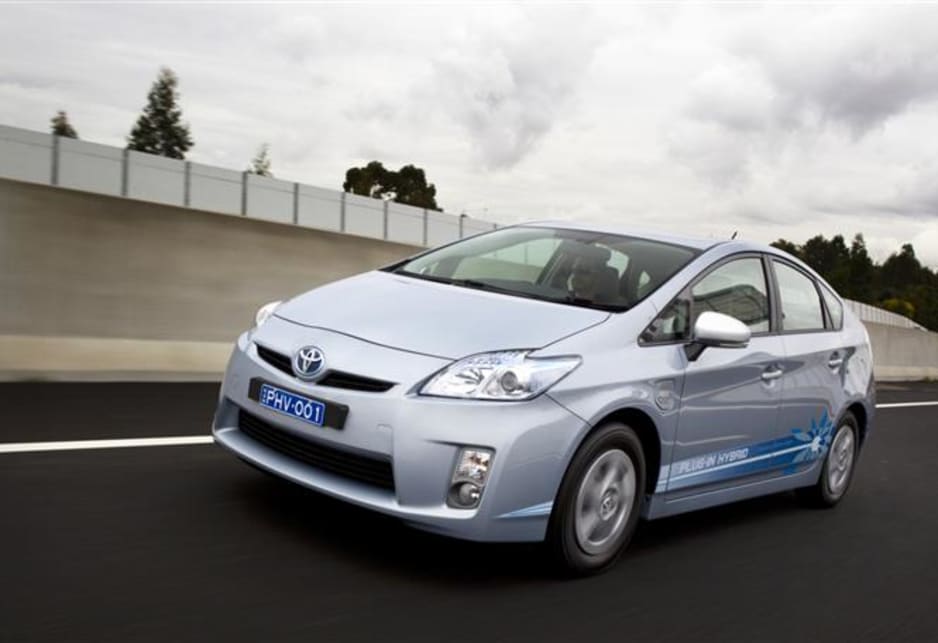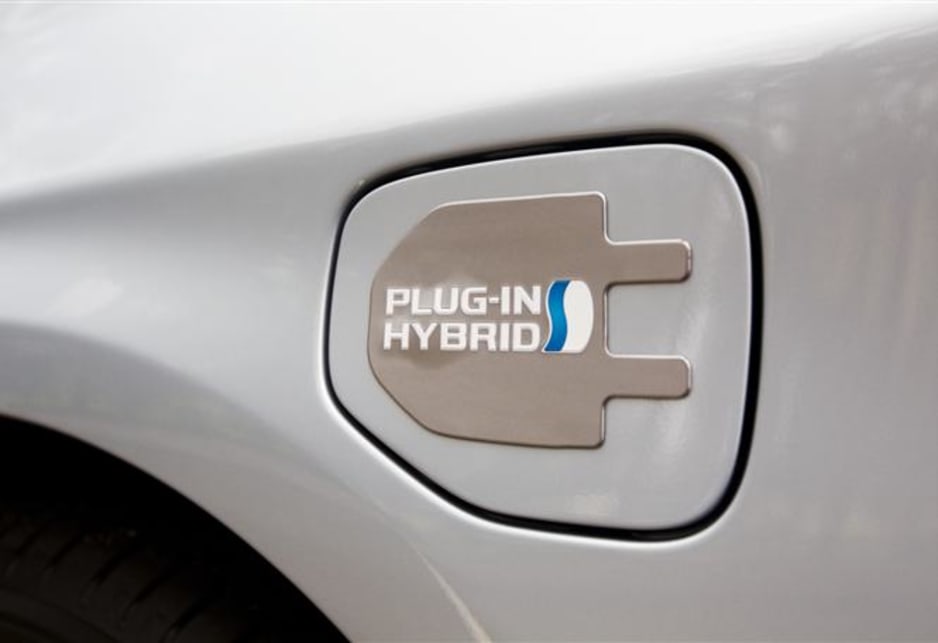
Toyota Plug-in Hybrid 2010 Review
- Toyota Prius
- Toyota Prius 2010
- Toyota Prius Reviews
- Toyota Reviews
- Toyota Hatchback Range
- Hatchback
- Toyota
- EV
Windows up, aircon off, the only noise to be heard from this Toyota is the faint rumble of its tyres on the roads around Sydney’s Darling Harbour.
This device looks like a Prius, feels numb like a Prius and sounds like one – which is to say it barely makes a sound. In fact Toyota’s Plug-in Hybrid Vehicle (PHV) takes the Prius game to the next level, one that takes us one step closer to running our cars off the same power source as our toasters.
While the Prius alternates between battery and petrol power – in the manner of what now must be called a “conventional hybrid” – the PHV can run for some 20km purely on its electrically rechargeable lithium ion battery before reverting to normal hybrid operation.
It is touted as the answer to what Toyota call “range anxiety”, which sounds like one of those conditions of which you were happily ignorant until the cure was announced.
One of five PHVs humming about Australia as part of a three-year trial on three continents, the PHV could be in local showrooms by the end of 2012. It depends largely on whether the ability to do 20km on wattage alone is deemed an adequate distance for this country as it has been in Europe, where some 55 per cent of car trips are of 10km or less.
Practically, the more powerful and bulkier underfloor lithium ion battery adds 135kg to Pruis’s kerb weight and reduces its load space to 391 litres from 445, but takes its combined cycle fuel consumption down to 2.6 litres per 100km and emissions to 59g of Co2 per kilometre.
Yet the PHV’s output is identical to the third generation Prius – 100kW combined, or 73 from the petrol engine and 60 from the electric motor at any one time. The charging point is on the front passenger wheel guard covered by a push-in flap. The demo model’s power cable requires a 15 amp socket, but those on commercially released PHVs will be able to go into the wall next to the kettle.
“It’s a trade-off,” Toyota corporate manager Greg Gardner says. “The greater the battery capacity, the greatr the EV driving range. But more range means a longer charge time and a heavier battery means which increased weight, which harms fuel efficiency and therefore C02 emisions.
“And there is also a cost perspective because, frankly, lithium ion batteries are more expensive to manufacture.”
Possibly Prius drivers are immune to auto envy, but it’s hard to imagine someone who spends their own money on such a public proclamation of their eco-coolness not going slightly green at a PHV being parked on their same block of solar panelled houses.
The plug-in has what is essentially a reverse cycle air conditioner that uses a hand held remote to activate either heating or cooling up to 30 minutes before you drive using household electricity. To the riot of colour and movement that is the Prius’s instrument display, the PHV ads a readout indicating when the car is in Plug-in EV Mode.
When the start button is pressed while the battery is being charged from the external source, the plug-in connection status is displayed, as is the time required to fully charge. Driving in EV mode after charging, the energy monitor displays charge level in green for Plug-in EV mode and white for Hybrid, plus EV driving range. If this isn’t information enough, it also, when in Plug-in mode, guides your use of the accelerator via the Hybrid System Indicator.
Indeed, though our drive of the PHV was basically a four kilometre doddle around a few blocks, it was enough to grasp that it makes you even more self-conscious than the Prius of driving within constraints that would make Bob Brown beam. The plethora of readout guidance makes it almost impossible not to.
Although the petrol engine will kick in over EV mode if you accelerate sharply enough, this act seems utterly foreign in the PHV. Not that you’re going to get off the mark in a particular hurry with that extra heft.
But then if you’re among the PHV’s likely buyers, anxiety about performance is one to which you’re immune.
$10,888 - $14,995
Based on 5 car listings in the last 6 months
$10,888 - $14,995
Based on 5 car listings in the last 6 months


